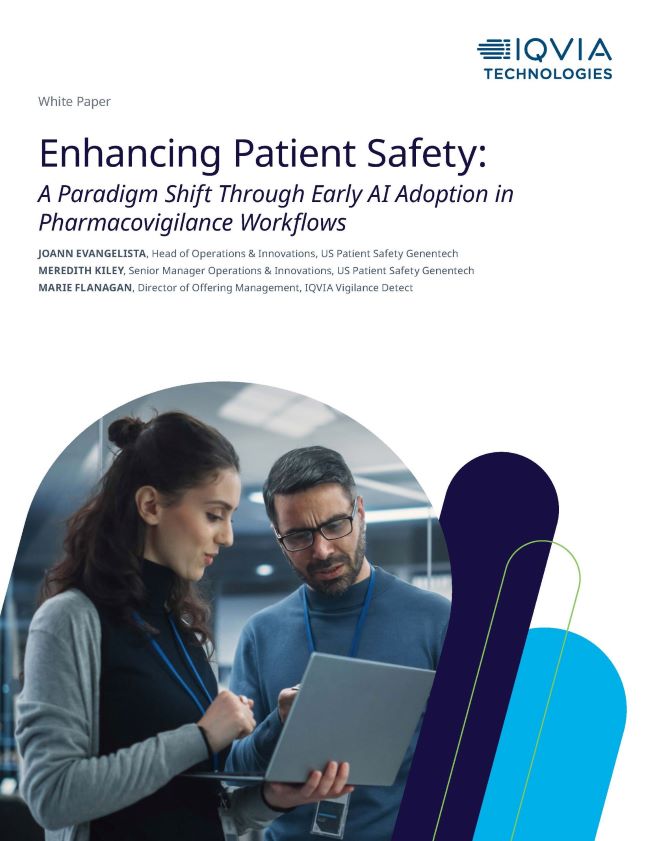Enhancing Patient Safety:
A Paradigm Shift Through Early AI Adoption in Pharmacovigilance Workflows
Traditional PV operations typically start at Case Processing, but the persistent challenge of underreported adverse drug reactions (ADRs) demands a paradigm shift. US FDA’s estimate that only 1%–10% of ADRs reach the FDA Adverse Event Reporting System underscores a need for a more proactive strategy. This paper stems from the FDA Discussion paper on Using Artificial Intelligence and Machine Learning in the Development of Drug and Biological Products, which highlighted the applications for PV beginning at the Case Processing stage. However, the emphasis on identifying adverse events remains a pivotal precursor to effective processing. Vast unstructured data, often beyond a company’s control, poses a considerable hurdle in this endeavor.
Video Title Lorem ipsum dolor sit amet.
AI & Global Labeling: How Next-Gen Tools Are Streamlining Structured Component Authoring Effectively and Compliantly
Outside of the physical drug product itself, global labeling plays the most fundamental role in helping pharmaceutical companies deliver safe and effective therapies to the population. But the process behind global labeling—the authoring, editing, collaborating, translating, and publishing of drug labels—is both incredibly complex and time-consuming. This guide explores how AI-powered tools are helping teams simplify and accelerate their in-house authoring workflows, without sacrificing compliance. It also explains how, by using such tools, companies can transform not just the way they work but also the entire “last mile” of the drug development lifecycle.
AI & Global Labeling: How Next-Gen Tools Are Streamlining Structured Component Authoring Effectively and Compliantly
Outside of the physical drug product itself, global labeling plays the most fundamental role in helping pharmaceutical companies deliver safe and effective therapies to the population. But the process behind global labeling—the authoring, editing, collaborating, translating, and publishing of drug labels—is both incredibly complex and time-consuming. This guide explores how AI-powered tools are helping teams simplify and accelerate their in-house authoring workflows, without sacrificing compliance. It also explains how, by using such tools, companies can transform not just the way they work but also the entire “last mile” of the drug development lifecycle.

